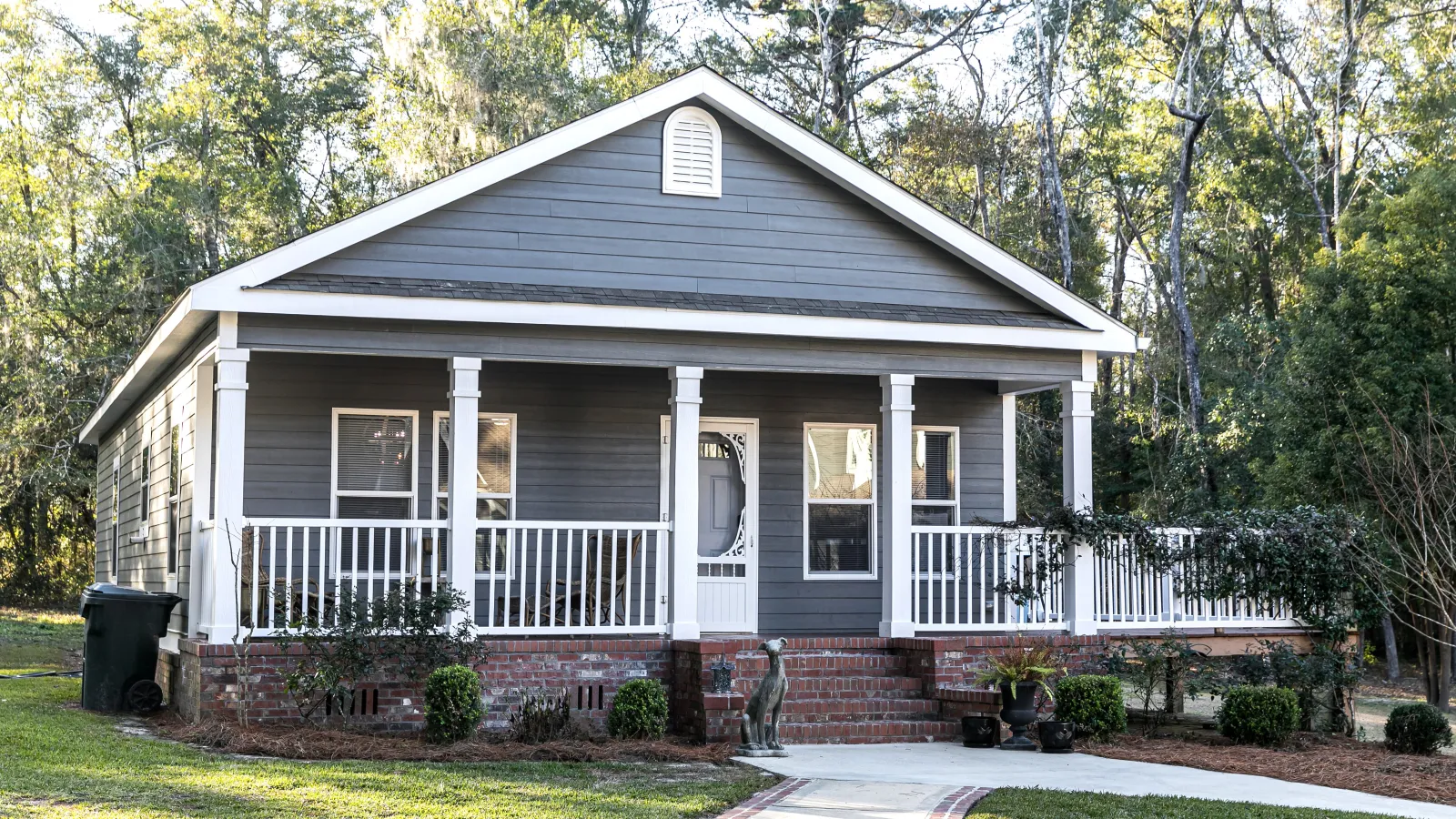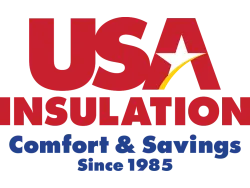We’ve said it before and we’ll say it again, adding insulation to your home is the best way to make it more energy efficient, which means more money in your pocket and more comfort, all year. But how do you choose what the best form of insulation is for your home?
First, not all insulation is created equal. Not only are some forms significantly more effective than others but there are also installation differences that you need to consider before making your choice.
We’ll tell you about several common forms of insulation, but there is an obvious best choice. When you compare insulation types, you’ll discover the many advantages of USA Premium Foam® Insulation.
Enter the Foam Zone
We don’t save the best for last. We think that our proprietary injection foam insulation is your best bet to retrofit insulation into your whole home. USA Premium Foam Insulation is a healthier, cleaner, safer, and quieter type of insulation that outperforms other retrofit insulation products.
We pump our proprietary foam insulation into wall cavities from the outside of your home. The foam is a liquid with the consistency of shaving cream, allowing it to conform around outlets and wiring cavities to create a highly effective thermal envelope.
Fluffy pink rolls
You’ve seen them in your local home supplies store, huge rolls of fluffy pink fiberglass insulation that look like cotton candy. Typically made with 20 to 30 percent recycled industrial waste and similar post-consumer content, Fiberglass is not flammable. Blankets can cover joists and studs, as well as the space between them but can be difficult to hang under floors between joists. Gaps between batts can defeat the purpose of fiberglass insulation because they invite air infiltration or condensation.
Loose fill (what appears to be a box of dust bunnies)
Loose fill is another name for blown-in insulation materials. Cellulose is one of the most common forms of loose fill insulation. While it’s environmentally friendly, consisting of 80 percent recycled newspapers and is less of a health hazard to the installer than fiberglass, it doesn’t insulate as effectively as foam. If the materials are heavy, there is a risk of sagging ceilings. Loose fill insulation can also settle over time reducing its effectiveness and can be subject to mold if it gets wet.
Spray (‘n’ pray) insulation
Spray foam insulation is generally used in areas where there are no wall cavities to contain other types of insulation – like on concrete slabs or unfinished walls. It can also be used in small quantities to fill tight spaces while increasing structural stability and providing sound insulation. However, due to expansion, installation of spray insulation is not recommended in closed cavities like stud walls with drywall, lath-and-plaster, or sheetrock, which often makes it unsuitable for a retrofit insulation solution. It can also cause damage to your electrics and wiring if not applied correctly.
There are pros and cons to most forms of insulation. While insulation is the best way to improve your comfort and energy efficiency at home, it’s still an investment so you need to know you’re making the right choice. If you have questions about what insulation will be best for your home, schedule a free home insulation inspection today and talk to one of our experienced installers.



